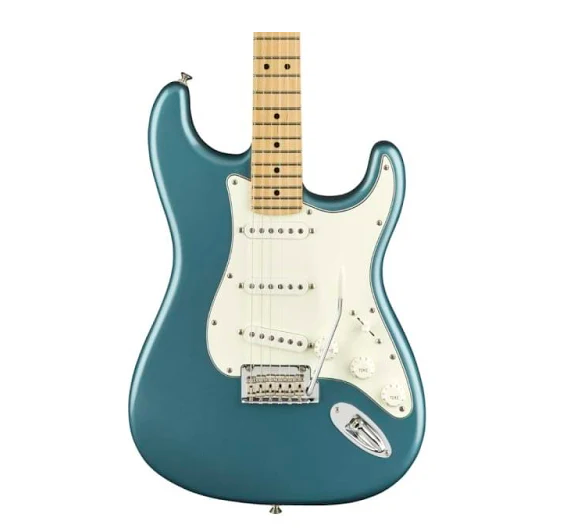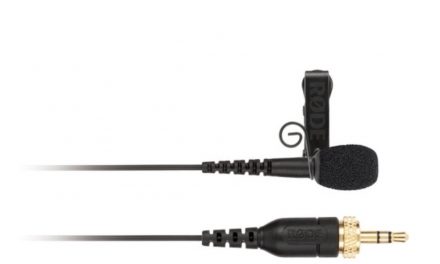I am a huge, huge advocate for buying guitars used. I’ve bought a lot of new and used guitars over the years, and I’ve had good luck with both. You can save a massive amount of money on a used instrument.
But there’s something fun about a brand new guitar that no one has owned. It’s mint. The frets are mint (in theory.) So here are some tips for buying a brand new guitar:
- Buy from a big music store chain. I have nothing against the small mom and pop music stores, except they can’t compete on price or product for NEW instruments. For USED instruments, they can be great places to go.
- Ask for a new guitar “in the box.” The floor sample is a used guitar. It’s been played by lots of different players, most of which were likely bad. It’s been hanging on the wall under the hot display lights. They will want to charge you a new price, but it’s used. Feel free to point this out to the sales person. A new guitar from the back of the store or from the store warehouse hasn’t been played since the factory.
- Always ask for a deal. If you’re buying a $129 Epiphone cheapie special, you’re not likely to get a deal on it. But on a $400 guitar, for example, you might ask if they can go any lower, or if they’re willing to throw in a free cable. Sometimes they can, and sometimes they will.
- Ask for a discount on a setup. If you can’t do your own setup, you might consider having someone at the store do it. This normally costs money. Learning to do your own setup is, in my opinion, something every guitarist should learn. But regardless, that guitar that was set up at the factory was put in a box, put in a warehouse, shipped across the ocean on a boat, put in another warehouse, then another, then moved to the back of the store. It’s gone through massive temperature and humidity changes. It’s going to need to be adjusted by someone.
- Make sure you get the truss rod and saddle hex wrenches. On a new guitar, they’ll be in a little plastic bag. If they aren’t, tell the store you’ll go down the road to the other big box store, where they’ll likely have the wrenches.
- On a cheap new guitar, go ahead and buy a new set of strings. Yes, the guitar comes with new strings, but on a cheapo special you’ll likely be getting cheapo strings. Get your favorite kind. On a more expensive guitar, buy a new set anyway. You’ll need them eventually.
- Check the electronics. Meaning make sure the pickups work, the pots all work, and all switches work. There should be no crackling sounds coming from anything. Also check the output jack.
- Play every fret. This is tricky, because if the guitar needs a setup, you’ll find some frets that buzz simply because the strings are too low. If you’re a high octane guitar nerd, you could bring your own hex wrench for the saddles and quickly adjust them yourself. They don’t like this, so don’t get caught.
- PRO TIP – Bring a fret rocker. You can buy them online for pretty cheap, or pay more money and get the pro level fret rocker from stewmac.com. Then do a quickie check of the whole fretboard. If you find any frets that rock, that guitar needs a level/crown. Ask the store if they’re willing to throw one in for free. They won’t be. Ask for a different guitar from the back, and check that one.
- Check the neck. You’ve seen people do this before. Look down the length of the guitar and make sure the neck is fairly straight. Compare both edges with each other.
Here’s some additional points to consider:
- Looks matter. If a guitar looks awesome to you, you’ll be more likely to want to pick it up and play it.
- The feel of the guitar is super important. You can upgrade everything else.
- If you’re budget conscious, think about a Strat. Strat parts are mostly interchangeable. You can buy a Mexican made Strat used, and when the neck needs a refret you can just buy a new neck instead. You can put an American neck on a Mexican body. You can buy pre-wired pickguards and plop them into your inexpensive Strat for an instant upgrade.
- If possible, put a strap on the guitar and play it standing up before buying. Some guitars are easy to play sitting down, but dig into your ribs when played standing. I’m looking at you, Fender Telecaster, and you, Gibson Les Paul.
- Learn what kind of frets you like and what kind of neck profile you like by playing lots of guitars and then asking questions. Jumbo frets require less pressure on the strings, but require a lighter touch when played. Flat, thin necks make it easy to play with your thumb on the back of the neck, but might sound thin to you. Big fat necks might sound great, but could end up cramping your hand if you’re not used to it. The more guitars you try out, the better you’ll learn what you like and don’t like.





